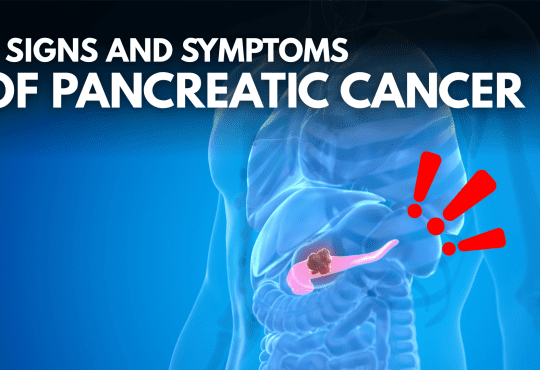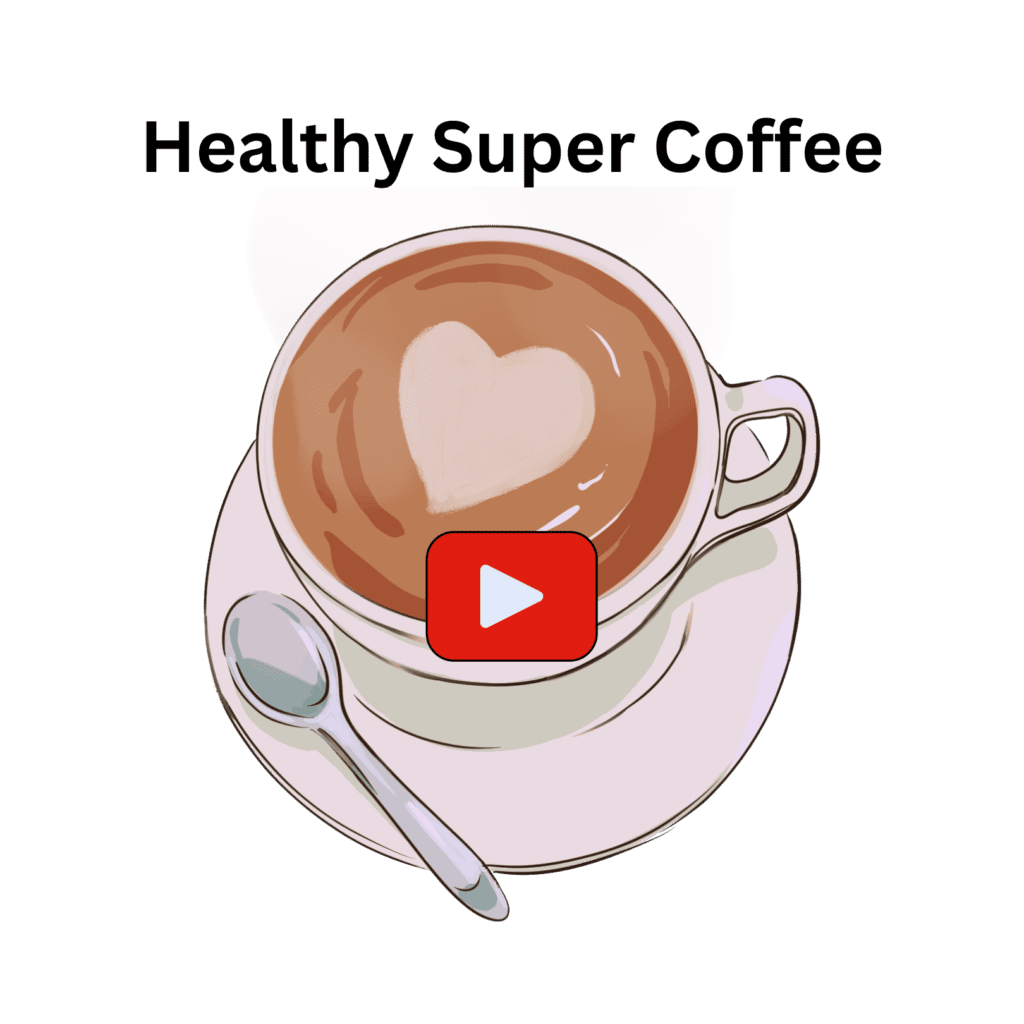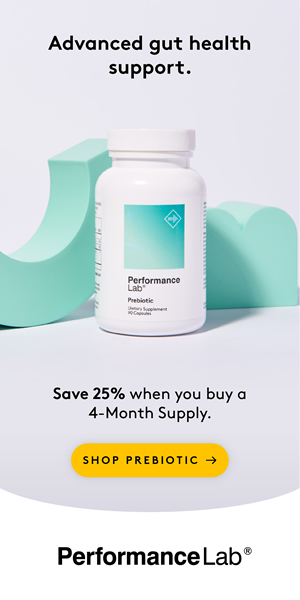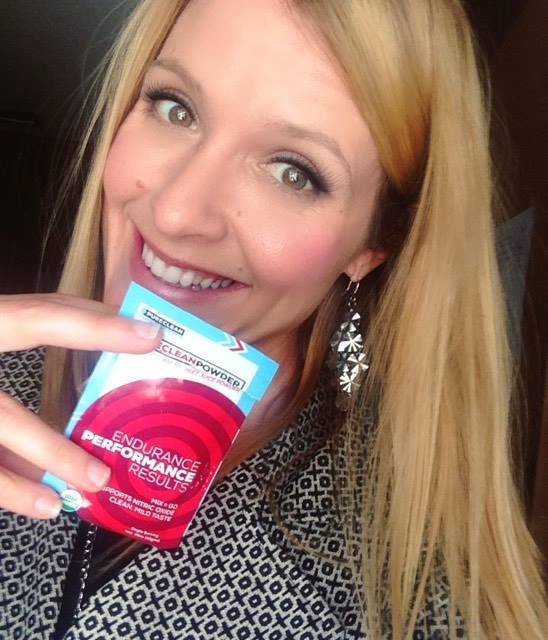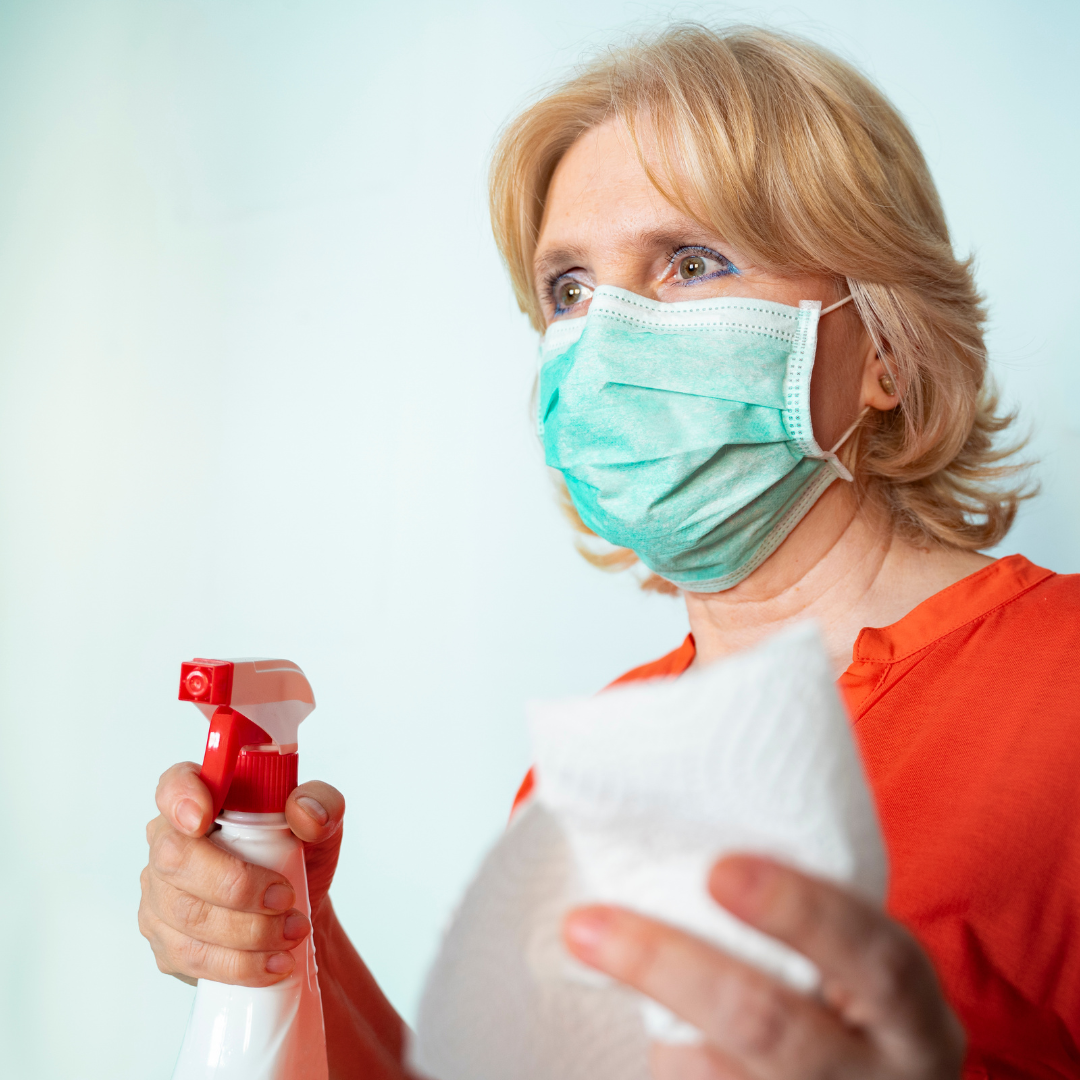
The Surprising Cancer Risks Lurking in Your Home
Today, we’re going on a detective-style journey, piecing together the enigmatic clues hidden within our very own abodes that could potentially amplify the risk of cancer.
Our mission?
To arm you with the knowledge you need to pinpoint these hazards and steer your living environment towards a healthier path for you and your dear ones.
Picture yourself snuggled up on your comfy couch in your cozy home. You’re in your safe haven, your fortress against the outside world.
But what if I told you there might be undercover agents lurking in the shadows?
Silent trespassers, turning the familiar into something slightly sinister.
Quite the plot twist, isn’t it?
As you look around, you might find yourself casting suspicious glances at everyday objects, transforming them into possible culprits in your mind.
Could the friendly-looking lamp or that comforting wall paint be harboring harmful secrets?
This intrigue can certainly stir up a storm of anxiety and stress, like a real-life thriller, where you’re the protagonist trying to shield yourself and your family from unseen foes.
But how did we land ourselves in this mystery?
A lot of us might be oblivious to potential carcinogens discreetly present in our day-to-day household items, or the building blocks that make up the very structure of our homes.
Let’s unveil the surprising cancer risks in your home, hiding in plain sight. Buckle up, it’s going to be a riveting ride!
Number 9. Asbestos
Picture a cozy house built in the mid-20th century, its structure fortified with materials chosen for their durability and resistance to heat.
Hidden in the walls, ceilings, and floors is asbestos, admired for its seemingly magical properties.
Little did the builders know, they were unwittingly setting the stage for a long-term health hazard.
Asbestos was widely used in the construction industry until the late 20th century, when it was discovered that inhaling these microscopic fibers could lead to serious health problems.
This leads us to the villain of our story—mesothelioma, a rare and aggressive form of cancer that predominantly affects the lining of the lungs and abdomen.
Research has indicated a strong link between asbestos exposure and mesothelioma.
A report published in the Journal of Thoracic Disease in 2018 detailed how asbestos fibers, once inhaled or ingested, can migrate to the pleura (the lining of the lungs) or the peritoneum (the lining of the abdomen).
These fibers can cause inflammation and damage over time, which can lead to the development of mesothelioma decades after exposure.
And it’s not just mesothelioma; asbestos exposure can also lead to other lung conditions, including asbestosis (scarring of lung tissue) and other forms of lung cancer.
But let’s pause here for a moment…
This narrative isn’t meant to scare, but to inform.
If your home was built before the 1980s, it may contain asbestos—but this isn’t necessarily cause for alarm.
Asbestos materials in good condition and left undisturbed aren’t likely to pose a health risk.
It’s when these materials are damaged—when the asbestos fibers are released into the air—that they can be harmful.
So, what’s the next chapter of our story?
If you suspect your home may contain asbestos, consider having it inspected by a professional.
They can assess whether the material needs to be repaired or removed—and this should always be done by a trained and accredited asbestos professional.
Number 8. Radon
Now, let’s talk about radon, a naturally occurring radioactive gas, and how it’s associated with lung cancer.
Beneath our homes, in the soil and rocks, a hidden drama unfolds.
There’s radon, a gas produced by the decay of uranium that’s present in virtually all soil types.
It’s like a ghost—it’s colorless, odorless, and tasteless.
We can’t see it, smell it, or taste it, but it’s there, seeping silently into our homes through cracks in the floors, walls, and other tiny openings.
But how exactly does this ghostly gas cause harm?
When we breathe in radon, radioactive particles can get trapped in our lungs.
Over time, these particles can damage lung cells and may lead to lung cancer.
According to the American Cancer Society, radon is the second leading cause of lung cancer in the United States and the leading cause among non-smokers.
It’s like a silent villain, causing harm without any immediate signs or symptoms.
Sounds like a horror story, right?
But fear not, because there’s a hero in this narrative: knowledge.
Several scientific studies have established the link between radon exposure and lung cancer.
One significant study, the North American combined analysis of the Iowa and Missouri residential radon studies, provided compelling evidence of the risk of lung cancer in residential settings with elevated radon levels.
Another, the European pooling study, confirmed the risk of lung cancer with prolonged radon exposure, even at levels below the recommended action level.
Now, the big question is: how can we protect ourselves from this invisible threat?
The answer lies in testing.
Radon testing kits, which can be purchased online or at a home improvement store, allow homeowners to measure radon levels.
If the radon levels in your home are high, steps can be taken to reduce them, such as installing a radon mitigation system.
Number 7. Tobacco Smoke
Now, let’s go into the somewhat stealthy and often overlooked health hazard of secondhand smoke.
Picture the wisps of smoke curling from the end of a lit cigarette, cigar, or pipe, or exhaled by a smoker.
This may seem innocuous enough, especially if you’re not the one doing the puffing.
But don’t let this deceptive tranquility fool you.
The smoke that non-smokers breathe in, also known as secondhand smoke, carries a deadly payload – a toxic mix of over 7,000 chemicals, hundreds of them harmful and about 70 known to cause cancer, according to the American Cancer Society.
Now, imagine these toxic particles like an invading army, launching a stealthy attack on your body every time you breathe in.
They move through your airways, causing damage and leaving destruction in their wake.
Long-term exposure to this silent killer can dramatically increase your risk of lung cancer, even if you’ve never smoked a day in your life.
The evidence backing this isn’t just anecdotal, but rooted in rigorous scientific research.
The 2014 Surgeon General’s Report, “The Health Consequences of Smoking—50 Years of Progress”, clearly laid out that secondhand smoke is a proven cause of lung cancer.
This isn’t a light read—it’s a powerful, evidence-packed tome that pulls no punches in revealing the deadly dangers of secondhand smoke.
But it’s not just about lung cancer…
Other health complications can be triggered by secondhand smoke too, including heart disease, stroke, and respiratory conditions.
For children, the situation is even more precarious, as they are particularly susceptible to the harmful effects of secondhand smoke.
So, what can we do about this silent invader?
The answer is simple yet impactful: making your home a smoke-free zone.
Encourage family members to quit smoking, and ask guests to respect your smoke-free home policy.
Consider utilizing resources from organizations like the American Lung Association or local health departments to support this effort.
By doing so, you’re not just clearing the air in your home, but also setting up a healthy, smoke-free sanctuary for you and your loved ones.
Remember, every step you take towards reducing exposure to secondhand smoke is a stride towards a healthier, cancer-risk reduced home.
As they say, prevention is better than cure, and in this case, it might just save a life.
Number 6. Pesticides
Now, let’s dive into the world of pesticides, those common, sometimes necessary, yet potentially dangerous chemicals that we use to keep our homes pest-free.
Pesticides, by design, are toxic substances meant to control pests. They’re like special agents on a destructive mission.
However, some pesticides, due to their inherent nature, could pose a potential risk to us, the innocent bystanders.
Long-term or high-level exposure to certain pesticides has been linked to an increased risk of cancer.
It might sound like a plot from a spy novel, but it’s a storyline backed by science.
According to a 2015 review of studies published in the International Journal of Environmental Research and Public Health, several types of pesticides have been associated with various forms of cancer, including Non-Hodgkin’s Lymphoma, Leukemia, and prostate, lung, and brain cancer.
But wait, before you throw out all your pesticides and declare a truce with the pests, there’s good news!
The key lies in the careful and informed use of these chemical agents.
Always follow safety guidelines, like wearing gloves and masks, ensuring good ventilation, and keeping pesticides out of the reach of children and pets.
Consider embracing natural pest control methods.
These could be DIY solutions, like vinegar for ants or essential oils for other insects.
Or you could opt for biological control methods, like introducing beneficial insects that prey on pests into your garden.
So, the next time you’re on a mission to make your home pest-free, remember this tale.
By using pesticides safely and considering natural alternatives, you can continue the story of a healthy and happy home.
After all, in this epic of life, we’re all authors of our health narratives!
Number 5. Cleaning Products
Let’s venture into the unexpectedly hazardous terrain of cleaning products that we often trust to make our homes spotless and safe.
Picture yourself embarking on a cleaning spree, armed with an array of sparkling, fragrant cleaning products.
The objective?
A squeaky clean, germ-free, and fresh-smelling home.
But amidst the gleaming surfaces and invigorating scents, could there be a darker side to this clean-up mission?
Quite shockingly, the very products we use to maintain a clean home could potentially house an array of chemicals.
Some of these substances, such as formaldehyde, benzene, and 1,4-dioxane, have been identified as potential carcinogens by agencies like the International Agency for Research on Cancer.
Think of these chemicals like secret agents hiding amidst the bubbles and suds, seemingly harmless, yet carrying a potentially harmful agenda.
But don’t panic just yet! The plot of this story is still in our hands.
A study published in 2019 in the journal Environmental Health provided evidence of a link between long-term exposure to certain cleaning products and an increased risk of developing certain types of cancer.
However, the key phrase here is ‘long-term exposure’.
This finding serves more as a cautionary tale, prompting us to make safer choices rather than creating a state of panic.
We can turn the tables on these potential threats by opting for cleaning products with natural ingredients whenever possible.
Consider switching to green cleaning products, which often use plant-based ingredients rather than harsh chemicals.
Better yet, experiment with homemade cleaning solutions, such as a simple mix of vinegar and water, which can serve as an effective, natural cleaning agent.
And, as always, ensure you use any cleaning product safely—ventilate the area, wear gloves, and avoid direct skin contact whenever possible.
This is a simple but effective way to minimize exposure to potential harmful chemicals.
So, remember, as you embark on your next cleaning mission, you’re not just chasing a cleaner home but a safer, healthier environment too.
Number 4. Formaldehyde
Formaldehyde, a colorless gas with a distinctive, pungent smell, is used in making resins for a wide variety of household items.
These can range from furniture, certain insulations, to even some types of curtains and fabrics.
It’s like a chameleon, blending seamlessly into our everyday lives, but with a potential dark side.
Formaldehyde isn’t just any chemical. It has been classified as a known human carcinogen, or cancer-causing substance, by the International Agency for Research on Cancer.
But the story doesn’t end there…
Along with its potential link to cancer, formaldehyde can also cause other health problems, such as respiratory issues and skin irritation.
A study conducted by the National Cancer Institute in the United States found that workers exposed to high amounts of formaldehyde had higher than normal rates of deaths due to leukemia and brain cancer.
The risk associated with formaldehyde largely depends on the amount present and the duration and frequency of exposure.
So, how can you turn this potential threat into a manageable risk in the story of your home?
When buying new furniture or household items, consider choosing solid wood or low-formaldehyde alternatives.
Ventilation is your friend – ensure your home is well-ventilated, particularly after bringing in new furniture.
Air purifiers can also help reduce formaldehyde levels in the indoor air.
While the risk posed by formaldehyde is real, it’s a risk we can manage with the right information and actions.
Number 3. Non-stick Cookware
Now, let’s delve into the culinary realm where pots, pans, and the surprising narrative of non-stick coatings reside.
Let’s set the scene: you’re in your kitchen, the heart of your home, preparing a delectable meal.
The scent of sizzling ingredients fills the air, and your trusty non-stick pan promises a perfect, no-fuss cooking experience.
But could there be a hidden caveat to this seemingly perfect culinary adventure?
The secret ingredient in this narrative is something called perfluorooctanoic acid, or PFOA, previously used to make many non-stick coatings.
It’s like the invisible sidekick, ensuring your food glides effortlessly off the pan.
However, this very sidekick has a dubious reputation.
Here’s the twist: when overheated, non-stick pans can potentially release toxic fumes.
And among these fumes could be traces of PFOA.
This compound has been investigated for possible carcinogenic properties, according to a report from the American Cancer Society.
But don’t hang up your apron just yet! The story isn’t all gloomy.
The American Cancer Society also states that while PFOA has the potential to be a health concern because it can stay in the environment and in the human body for long periods, it’s not yet clear what levels of exposure could cause health issues in humans.
So, how does this tale continue?
By making informed decisions and choosing safer alternatives.
You might consider becoming best buddies with stainless steel or cast iron cookware.
Not only are these alternatives sturdy and long-lasting, but they also come with the perk of being non-toxic.
Still, if you have a non-stick pan that you can’t part with, just remember not to overheat it and to use it mindfully.
After all, non-stick pans are most likely to release fumes when they’re heated on high without food or liquid in them.
So, in this culinary adventure, you’re not just the master chef, but also the guardian of your kitchen, ensuring the food you lovingly prepare is cooked on safe surfaces.
Now, that’s a recipe for a happy ending!
Number 2. Air Fresheners and Scented Candles
Let’s delve into a rather invisible yet ubiquitous aspect of our lives – the world of volatile organic compounds, also known as VOCs.
These are a group of chemicals that readily evaporate at room temperature, infusing the air with their distinct scents.
They are a bit like uninvited guests, turning up in many household products, including paints, varnishes, cleaning supplies, and even some cosmetics.
Some VOCs are harmful when inhaled and have been associated with a host of health problems, including an increased risk of certain types of cancer.
In a study published by Environmental Health Perspectives, researchers found a potential association between exposure to certain VOCs and increased risk of leukemia and lymphoma.
But this isn’t a horror story…
Instead, it’s a tale of knowledge and action.
To reduce your exposure to VOCs, you can take several steps.
For instance, when buying paint, look for options labeled low-VOC or zero-VOC.
Opt for natural or homemade cleaning products whenever possible.
And always ensure your home is well-ventilated, particularly when using products that might emit VOCs.
Number 1. Cosmetics and Personal Care Products
It’s time to explore the world of everyday products and the less-known narrative about their chemical ingredients – parabens and certain types of dyes.
Imagine this: You’re about to pamper yourself with a spa-like bath at home. You have your favorite shampoo, conditioner, shower gel, and even a face mask at hand.
But, could there be a hidden plot twist in this tranquil scenario?
In the backdrop of this comforting scene, chemicals like parabens and certain types of dyes are often found playing a silent role.
They are the uncredited extras in your everyday products, contributing to the product’s longevity and color but potentially harboring a dark side.
Parabens, for instance, are commonly used preservatives in cosmetics and personal care products.
These compounds prevent the growth of bacteria and fungus, ensuring that your products remain fresh.
However, the plot thickens when we learn that parabens have been found to weakly mimic estrogen in the body, which has raised concerns about a potential link to breast cancer, according to some studies.
Similarly, some dyes used in products ranging from textiles to cosmetics have also been under the scanner.
Certain types of dyes have been linked to an increased risk of cancer, particularly when they are used in food, according to the American Cancer Society.
When purchasing products, look for those labeled ‘paraben-free’ or ‘natural dyes’.
And, remember, not all dyes are problematic; many are perfectly safe.
So, do a bit of research on the specific types of dyes used in your everyday products.
And there you have it, folks!
Our exploration into the surprising cancer risks lurking in your home.
Remember, this isn’t about fear or paranoia but about awareness and making informed choices.
Knowing the risks helps us navigate them and create safer environments for ourselves and our loved ones.
As always, we’re here to inform and entertain, and your health and well-being is at the heart of what we do.
Until next time, keep making those informed choices, and here’s to healthier, happier homes.



